Until Indiana Jones and the Dial of Destiny was released a couple of weeks ago, only a bunch of nerds in the world knew of the Antikythera, an Ancient Greek orrery used to predict astronomical positions and eclipses decades in advance. In this article, our watch editor, Dr Andrew Hildreth, investigates the history of this extraordinary mechanism and discovers why, even today, it keeps fascinating astronomers and watchmakers alike.
Our place in the universe has been a fascination since ancient times. Because of the seemingly regular order to the movement of the Earth, the Moon and other planets, it would appear plausible that there is a grand ordered design. The Antikythera mechanism is the first known attempt at such an understanding: a mechanical model of the ancient cosmos. However, what is remarkable, as new research has shown, is just how learned and ingenious the ancient Greeks were in their modelling of celestial mechanics.
The mechanism was discovered (by sponge divers) in 1901 in the wreck of a ship off the coast of the Greek island of Antikythera. It is thought to be designed and constructed sometime between 205 – 80 BC and is an ancient Greek hand-powered mechanical model of the known cosmos. Generally believed to be the first analogue computer, it was used to predict astronomical positions and eclipses for calendar purposes decades in advance, including the four-year cycle of the Olympiad (the ancient Olympic Games).
The knowledge of this form of technology was discarded or lost at some point in antiquity. Similar works with comparable levels of complexity later appeared in the medieval Byzantine and Islamic worlds but in Europe, we wouldn’t see equivalent mechanisms again until the development of astronomical clocks in the 14th century.
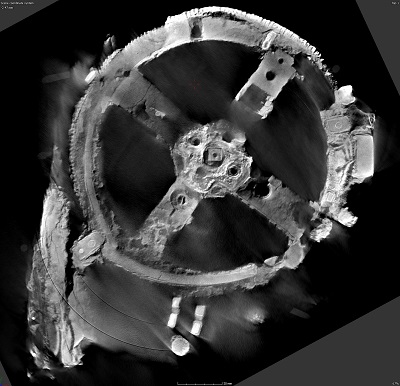
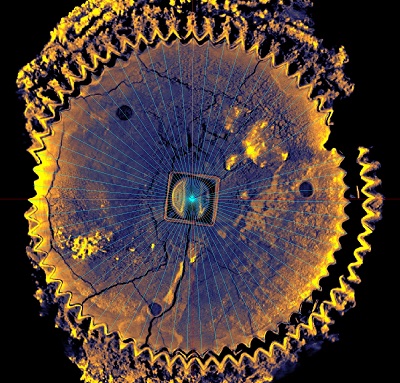
Left: X-Ray CT scan of the main piece of the Antikythera mechanism (fragment A). Right: similar scan of fragment D, which is not on display at the National Archaeological Museum of Athens.
New images of ancient knowledge
The Antikythera mechanism was found as one lump in what remained of a wooden case. The singular find was later split into three main fragments which, with more modern conservation techniques, was divided into 82 separate pieces. Three of these pieces contain teethed wheels that demonstrate a complex clockwork mechanism composed of bronze gears. In 2005, a team led by Mike Edmunds and Tony Freeth (now at University College, London- UCL) made key discoveries fundamental to understanding it.
The problem the ancient Greek had modelling the cosmos lay in their belief that Earth was the centre of the solar system and hence all other planetary bodies exhibited a swirly but regular synodic orbit. The synodic cycle of a planet is its cycle relative to the Sun observed from Earth. The imaging showed a number of unexpected clues in the newly revealed inscriptions describing an ancient Greek cosmos at the front.
Whereas previous attempts to solve the gearing system failed to match the Greek cosmos, the new research allowed the academic team to reconcile the evidence from the fragments, the knowledge of planetary motion from ancient scholars, with the display of the Sun, Moon and all five planets known in antiquity that appear as the main dial. Basically, the team at UCL were solving a giant 3D jigsaw puzzle that had some pieces missing, using known rules from the time, that would allow a picture of what the overall pattern could have been.
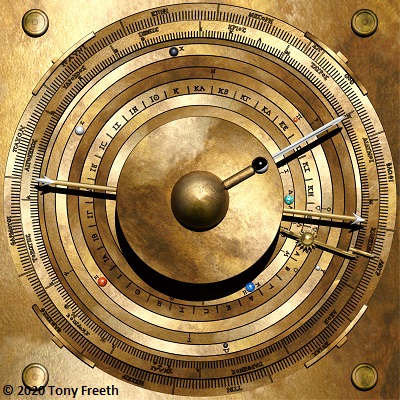
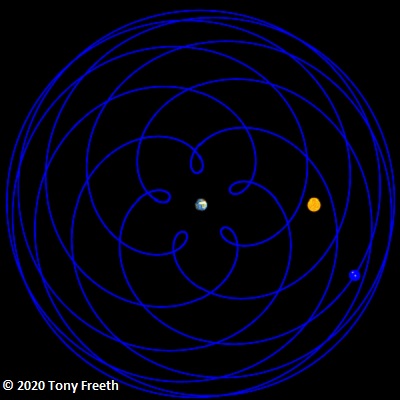
Left, computer simulation of the Antikythera. Right: what the 8 years orbital cycle of Venus around Earth would have looked like according to the Antikythera. Notice that Earth is at the centre of the cosmos.
Deductive reasoning, ratios, and gearing
What is fascinating about the new work is not only the state of scientific and technological knowledge in the ancient world, but also the possibility that astronomers and mathematicians collaborated then. Unfortunately, Archimedes was not one of them, he had been dead for around a century by the time the Antikythera mechanism was developed. However, he weas a gifted mathematician, so maybe he contributed to it in some way that we will never know.
The UCL team narrowed it down to the point of using texts on the cosmos by scholars at the time to help construct their model, such as the 2nd century BC astronomer Hipparchus of Rhodes, Apollonios of Perga (3rd – 2nd century BC) and Claudius Ptolemy (1st century AD).
Newly found texts from the Antikythera mechanism on planetary motion explained two period relations for Venus and Saturn. At the end, it seems it was prime numbers and prime factors that were used to estimate the synodic orbits of planets. If your maths are rusty, these are numbers divisible only by themselves and number one. This may sound horribly complicated, but it means that only one gearing relation between all known planets at the time worked.
As part of the new detailed scanning there have been discoveries of an elegant ancient Greek mechanical cosmos at the front of the Antikythera mechanism. It was a computational instrument for mathematical astronomy. Planets on the front dial are represented by semi-precious stones on planetary rings.
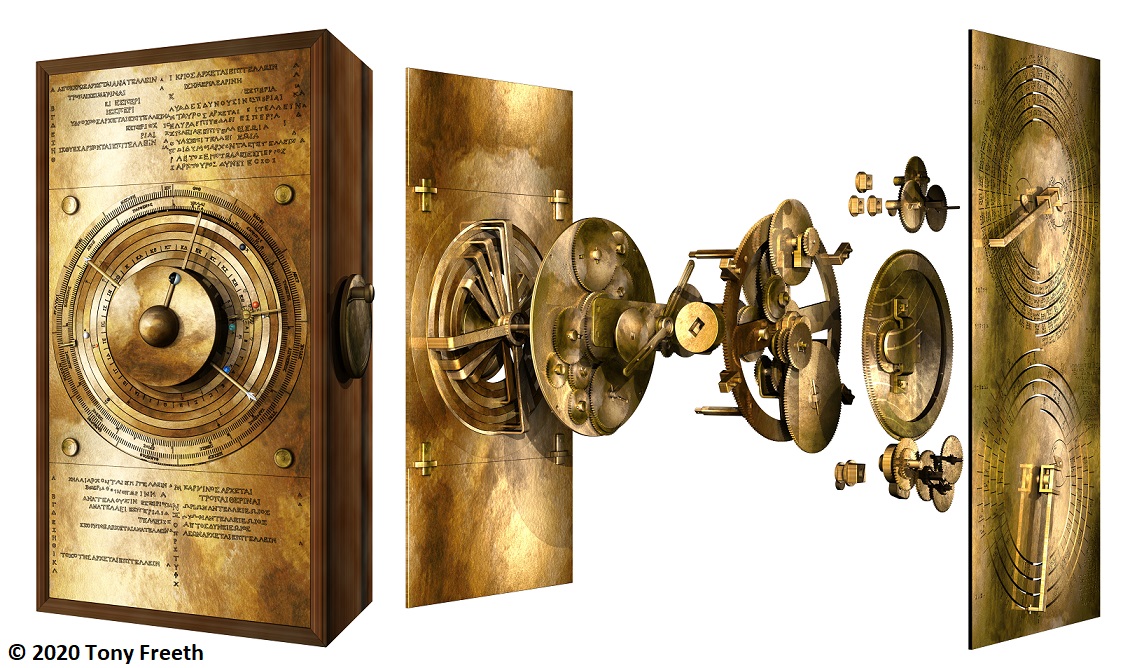
Computer-generated exploded model of the Antikythera mechanism
The complete model
A theoretical computer-simulated model of the Antikythera mechanism is fascinating but leaves open the question of whether such a device was possible with ancient Greek technology. The next step in the research was to build a physical reconstruction of the mechanism itself. David Higgon, a watchmaker employed at Charles Frodsham & Co., who was previously responsible for the re-construction of Harrison’s H3 clock at the Greenwich observatory, is now at UCL.
Part of his work involved the physical work to research and demonstrate likely manufacturing techniques used to construct the original Antikythera. At a practical level this is something as basic as the design and interlocking of the teeth on the gears, which would influence the working of the mechanism. It is necessary to understand the tolerances and precision in it to see if the derived system of gears explaining the planetary motion would have been possible and worked as required. Here we need to mention that any error anywhere would have caused the whole thing to go “belly up”.
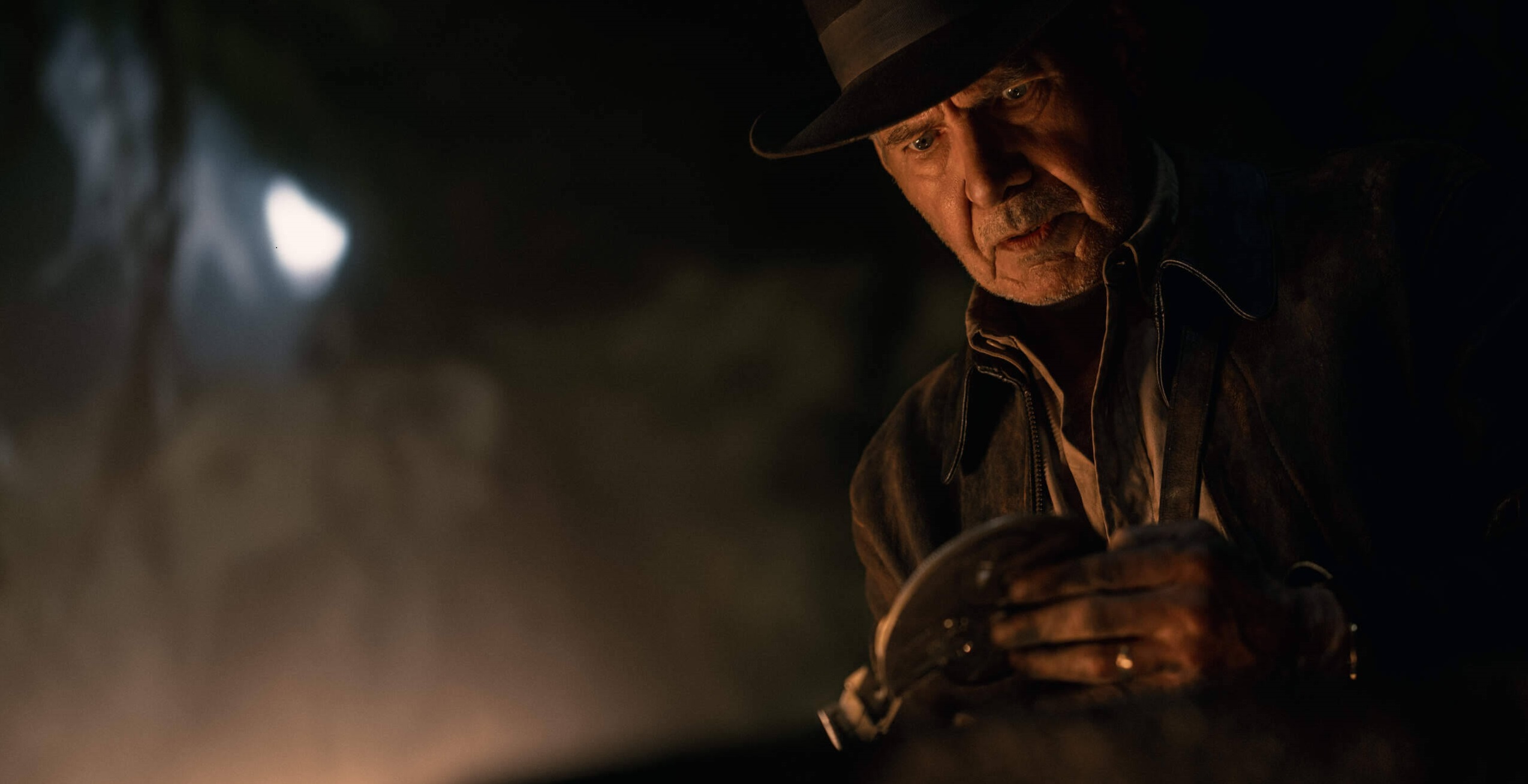
Indiana Jones (Harrison Ford) holding the Antikythera in Indiana Jones and the Dial of Destiny (Courtesy Lucasfilm Ltd., TM)
If you have read in diagonal from the second paragraph to here, let’s say that when “Indie” claims that they are going to arrive at the wrong time and place and blames it on continental drift, he is wrong, the Antikythera mechanism was based on a cosmos where Earth was the centre, not the sun, therefore, no wonder our friends end up at the time of the siege of Syracuse (213BC). Actually, they could have easily ended up in the Andromeda galaxy or anywhere else in time and space for that matter.
Acknowledgements: I would like to thank Professor Tony Freeth for his comments and the provision of high-resolution images of the mechanism.
Opening picture: The three main fragments of the Antikythera mechanism. “The rights on the depicted monument belong to the Hellenic Ministry of Culture and Sports (Law 3028/2002). The monument belongs to the responsibility of the National Archaeological Museum. Hellenic Ministry of Culture and Sports/ Hellenic Organization of Cultural Resources Development. Fragments A-C of the Antikythera Mechanism retrieved from the Antikythera Shipwreck, National Archaeological Museum, Collection of Metalwork, inv. no. X 15087, 150-100 BC. Photographer: K. Xenikakis”
This article is an abbreviated and actualised form of the “Celestial Mechanics” feature written by Dr Andrew Hildreth and published in the Summer 2021 issue of I-M Intelligent Magazine.









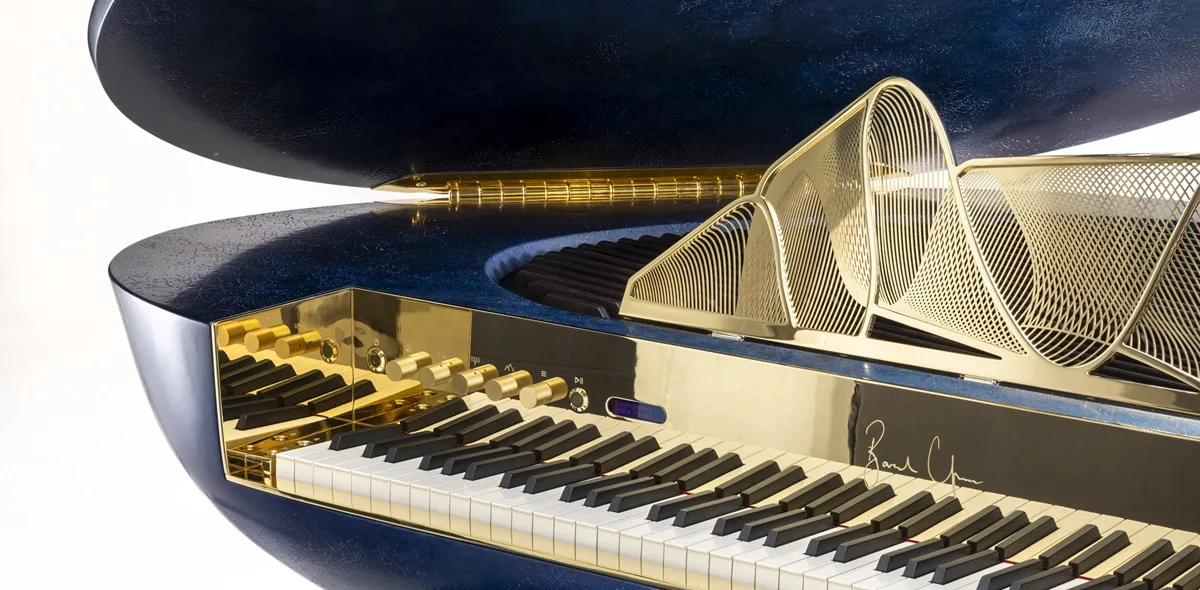
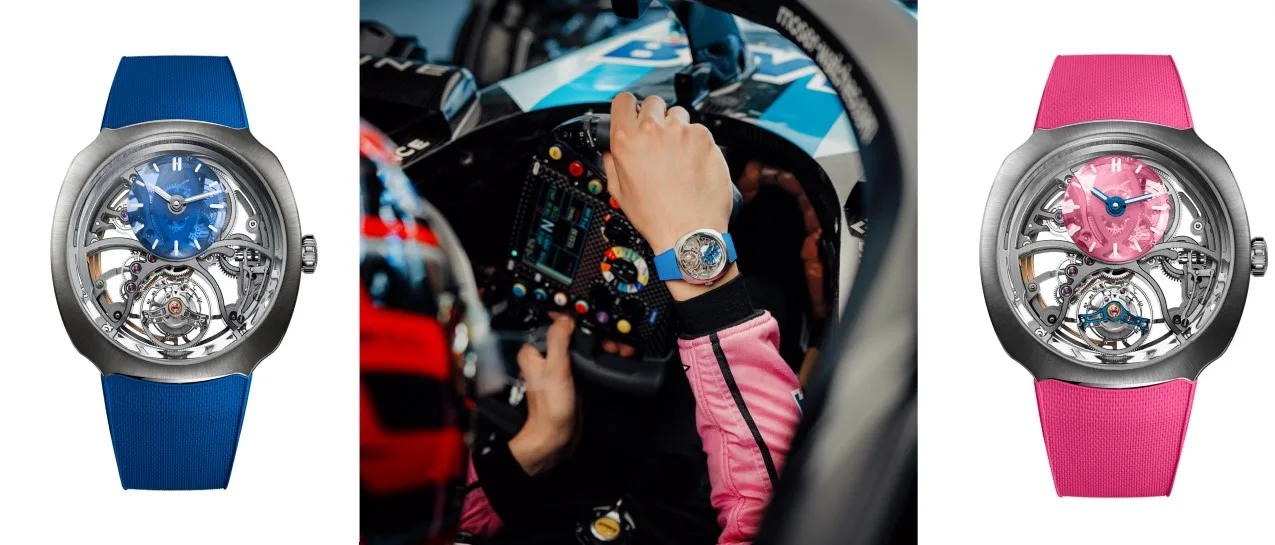



Show Comments +